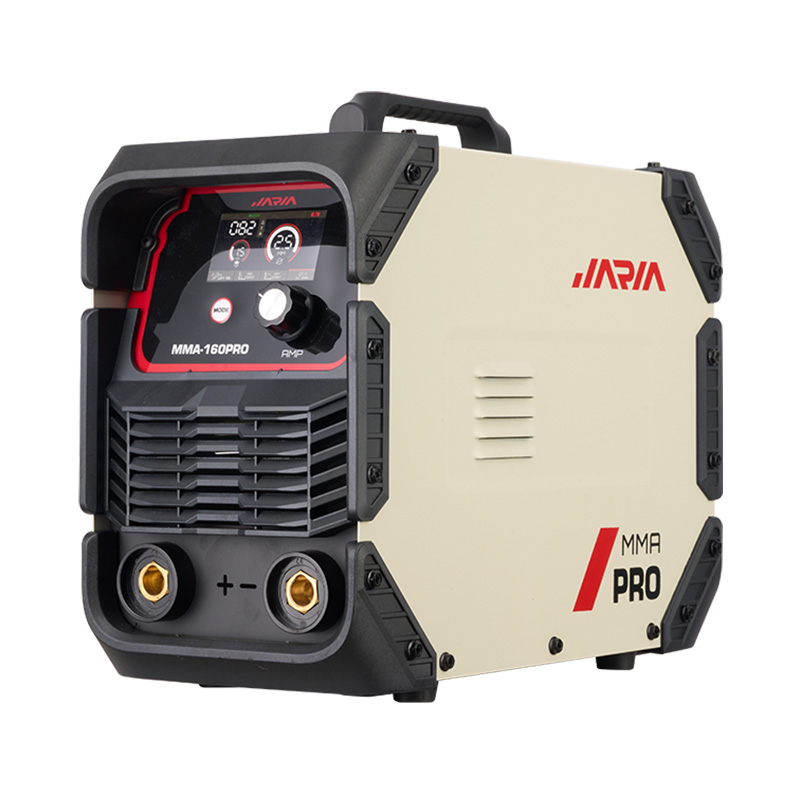The welding industry has been a cornerstone of manufacturing and construction for over a century. Traditional welding techniques, such as stick welding and gas metal arc welding (GMAW), have been the workhorses of this industry. However, with the advent of inverter technology, a new class of welding equipment has emerged that is transforming the way we approach this critical process. Inverter welders are not just a new tool in the toolbox; they represent a significant leap forward in welding technology, bridging the gap between traditional methods and advanced capabilities.
The heart of an inverter welder is its power source, which is fundamentally different from that of traditional welders. Instead of using a heavy transformer to step down voltage, an inverter welder uses a series of electronic components to convert the high input voltage into a stable, lower output voltage. This conversion process is what gives inverter welders their name, as they "invert" the voltage from AC to DC. This technology allows for a smaller, lighter, and more efficient welding machine, which is a significant advantage over traditional welders.
One of the notable benefits of inverter welders is their portability. Due to their compact size and lightweight design, they can be easily transported to various job sites. This portability is a game-changer for welders who need to move around frequently, such as those working in construction or repair services. The convenience of an inverter welder cannot be overstated, as it allows for greater flexibility and efficiency in the field.
Efficiency is another key feature of inverter welders. These machines consume less power than their traditional counterparts, which not only saves on energy costs but also reduces the environmental impact of welding operations. The energy savings are a result of the inverter's ability to precisely control the welding current, which minimizes energy waste. This precision also leads to a higher quality weld, as the inverter welder can maintain a more consistent arc and heat input.
The versatility of inverter welders is yet another advantage that sets them apart. Many models are capable of performing multiple types of welding processes, such as stick, MIG (metal inert gas), TIG (tungsten inert gas), and even flux-cored welding. This versatility means that a single inverter welder can be used for a wide range of applications, making it an invaluable tool for any welding professional.
Inverter welders also offer advanced features that are not typically found in traditional welders. For instance, some models include digital interfaces that allow users to set and monitor welding parameters with great accuracy. These interfaces can also provide real-time feedback on the welding process, which can be invaluable for troubleshooting and ensuring the quality of the weld.
Moreover, inverter welders are known for their excellent start-up and hot start characteristics. They can provide a stable arc even at low amperages, which is particularly useful for fine work and thin materials. This feature is a significant improvement over traditional welders, which often struggle with starting a consistent arc at low settings.
The adaptability of inverter welders is also worth mentioning. They can be used with a variety of power sources, from standard electrical outlets to generators and even solar panels in some cases. This adaptability makes inverter welders suitable for a wide range of environments and situations, further enhancing their appeal.
In terms of maintenance, inverter welders are generally more reliable and require less upkeep than traditional welders. The absence of a heavy transformer means there are fewer moving parts that can wear out or fail. Additionally, the solid-state components used in inverter welders are more resistant to the effects of heat and vibration, which are common causes of failure in traditional welding machines.
Despite the many advantages of inverter welders, they are not without their challenges. The initial cost of an inverter welder is typically higher than that of a traditional welder. However, when considering the long-term benefits, such as lower energy consumption, reduced maintenance costs, and increased productivity, the investment in an inverter welder can be well justified.
In conclusion, inverter welders represent a significant advancement in welding technology. They offer a combination of portability, efficiency, versatility, and advanced features that make them an attractive option for both professional welders and hobbyists alike. As the technology continues to evolve, it is likely that inverter welders will become even more capable and accessible, further bridging the gap between traditional welding techniques and the advanced technology of the future.

 英语
英语 西班牙语
西班牙语 阿拉伯语
阿拉伯语







